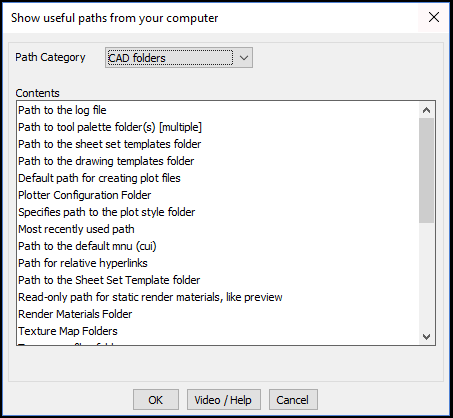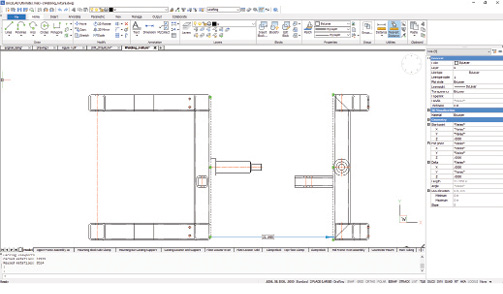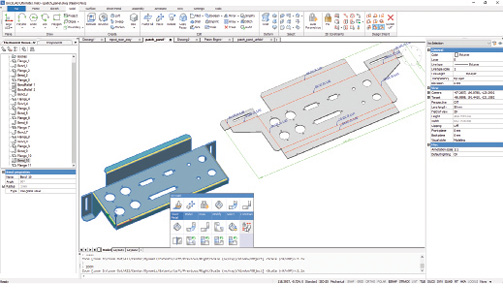

They are labelled with a letter (capitals for holes and lowercase for shafts) and a number. The standard (size) tolerances are divided into two categories: hole and shaft. When designing mechanical components, a system of standardized tolerances called International Tolerance grades are often used. When no other tolerances are provided, the machining industry uses the following standard tolerances: 1 decimal place In this case the size of the tolerance range for both the shaft and hole is chosen to be the same (0.036 mm), meaning that both components have the same International Tolerance grade but this need not be the case in general. This would provide a clearance fit of somewhere between 0.04 mm (largest shaft paired with the smallest hole, called the Maximum Material Condition - MMC) and 0.112 mm (smallest shaft paired with the largest hole, Least Material Condition - LMC). International Tolerance grade This is a standardised measure of the maximum difference in size between the component and the basic size (see below).įor example, if a shaft with a nominal diameter of 10 mm is to have a sliding fit within a hole, the shaft might be specified with a tolerance range from 9.964 to 10 mm (i.e., a zero fundamental deviation, but a lower deviation of 0.036 mm) and the hole might be specified with a tolerance range from 10.04 mm to 10.076 mm (0.04 mm fundamental deviation and 0.076 mm upper deviation). Fundamental deviation is a form of allowance, rather than tolerance. If the fundamental deviation is greater than zero, the bolt will always be smaller than the basic size and the hole will always be wider. This is identical to the upper deviation for shafts and the lower deviation for holes. Fundamental deviation The minimum difference in size between a component and the basic size.

Upper deviation The difference between the maximum possible component size and the basic size. Lower deviation The difference between the minimum possible component size and the basic size. This is, in general, the same for both components. The commonly used terms are:īasic size The nominal diameter of the shaft (or bolt) and the hole. Tolerances can be applied to any dimension.

If a part is manufactured, but has dimensions that are out of tolerance, it is not a usable part according to the design intent. No machine can hold dimensions precisely to the nominal value, so there must be acceptable degrees of variation. Tolerances are assigned to parts for manufacturing purposes, as boundaries for acceptable build. This relates to the question of whether tolerances must be extremely rigid (high confidence in 100% conformance) or whether some small percentage of being out-of-tolerance may sometimes be acceptable.ĭimensional tolerance is related to, but different from fit in mechanical engineering, which is a designed-in clearance or interference between two parts. The choice of tolerances is also affected by the intended statistical sampling plan and its characteristics such as the Acceptable Quality Level. A process capability index is used to indicate the relationship between tolerances and actual measured production. Process controls must be in place and an effective Quality management system, such as Total Quality Management, needs to keep actual production within the desired tolerances.

The process capability of systems, materials, and products needs to be compatible with the specified engineering tolerances. Appreciable portions of one (or both) tails might extend beyond the specified tolerance.
Distance tolerance bricscad plus#
With a normal distribution, the tails of measured values may extend well beyond plus and minus three standard deviations from the process average. Measurement error and statistical uncertainty are also present in all measurements. Actual production of any product (or operation of any system) involves some inherent variation of input and output. Experimental investigation is very useful to investigate the effects of tolerances: Design of experiments, formal engineering evaluations, etc.Ī good set of engineering tolerances in a specification, by itself, does not imply that compliance with those tolerances will be achieved.
Distance tolerance bricscad professional#
This can be by the use of scientific principles, engineering knowledge, and professional experience. A primary concern is to determine how wide the tolerances may be without affecting other factors or the outcome of a process.


 0 kommentar(er)
0 kommentar(er)
